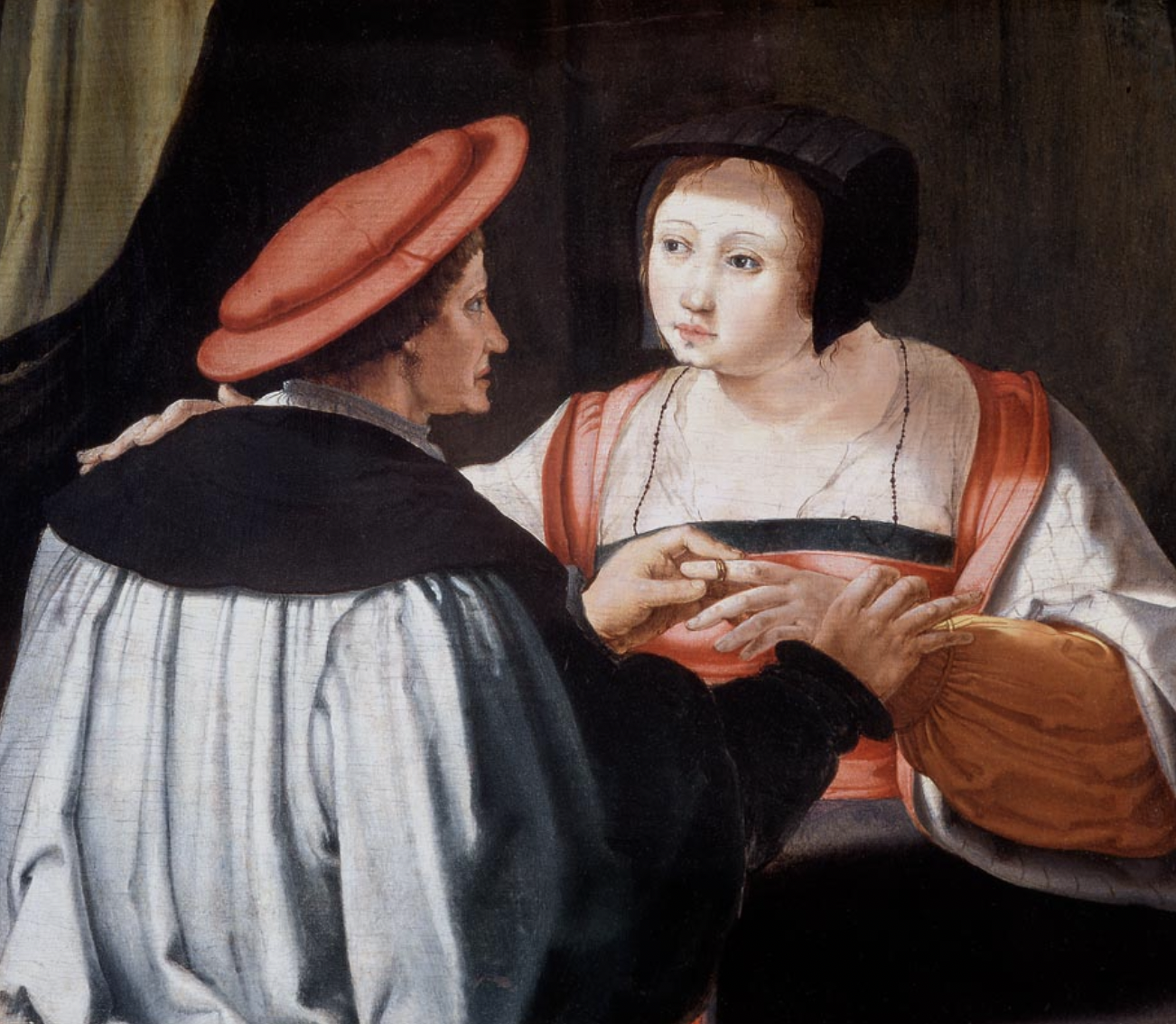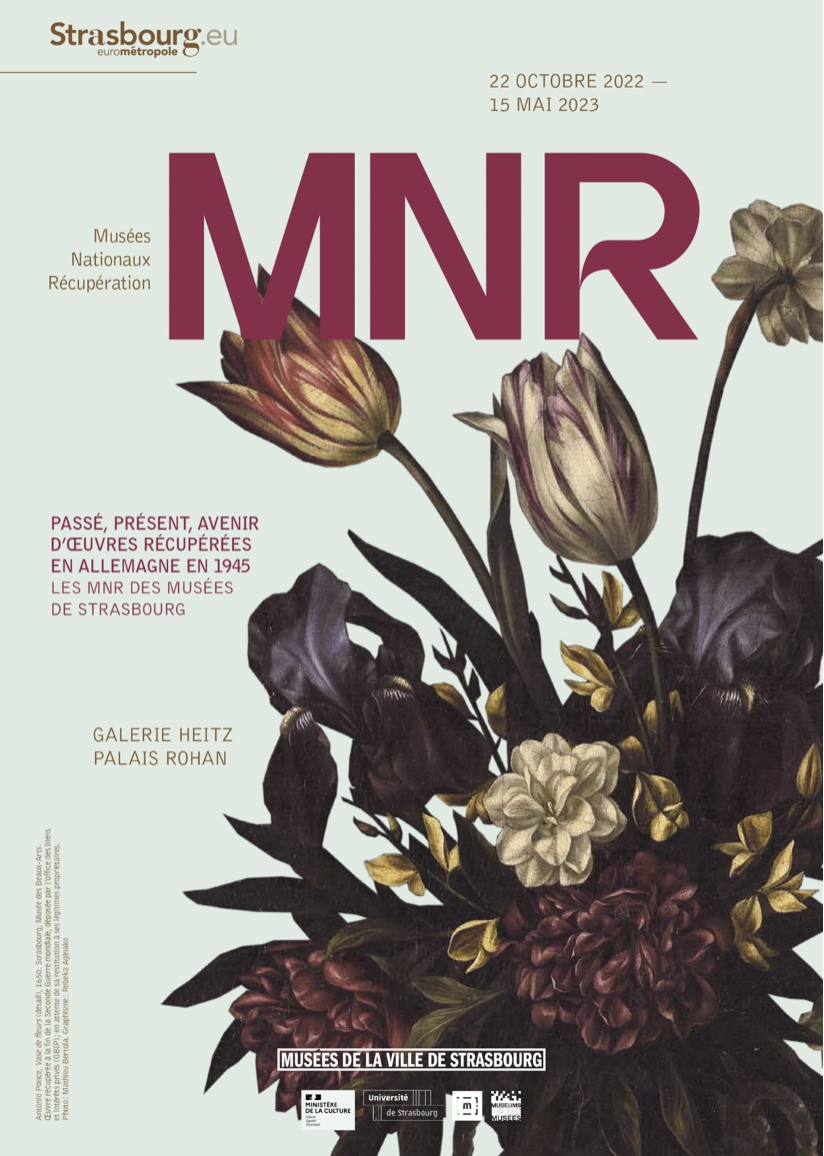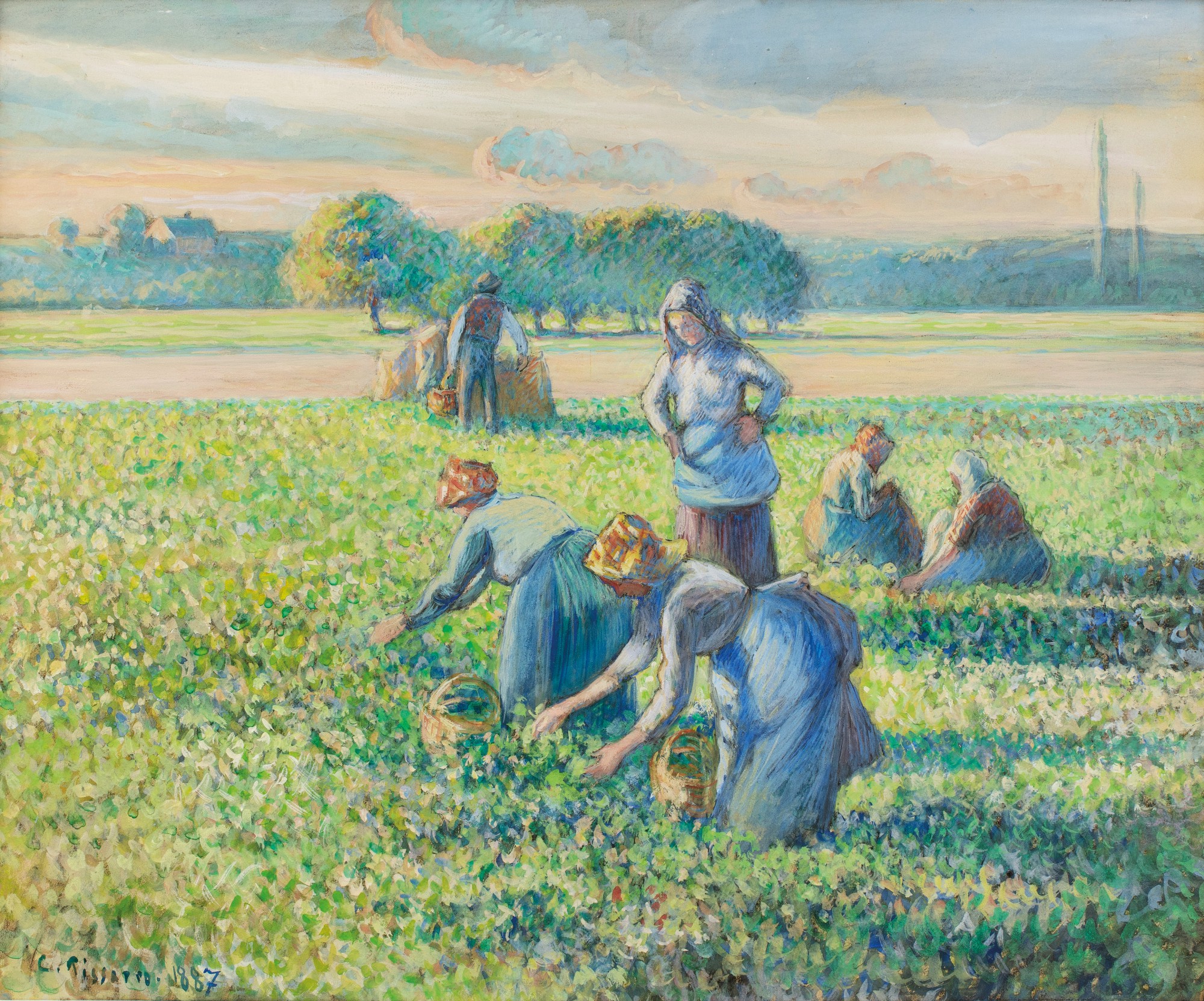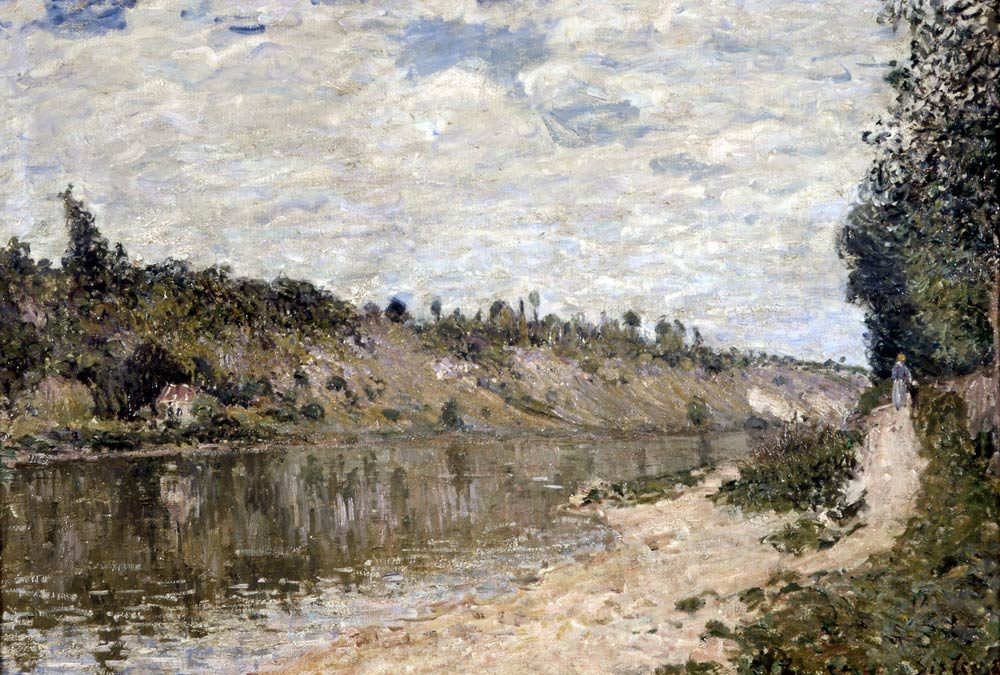The search for the rightful owners of MNR works goes on: the Strasbourg exhibition
During the Second World War, the Nazis stole countless works of art from their rightful owners.
In the aftermath of the fall of the Nazi regime, approximately 61,000 works were recovered in Germany and brought back to France, of which approximately 45,000 were returned to their rightful owners, thanks to the work of a special commission.
Some of the remaining works were sold at auction, while others, whose value was estimated to be higher, were given temporarily to museums waiting for the return to their original owners.

Lucas van Leyden, Les Fiancés, 1494-1533 – Credits: Strasbourg, direction des musées de la vill – Courtesy: POP : la plateforme ouverte du patrimoine
These works are commonly referred to with the acronym “MNR” (Nationals Museum of Recovery).
In France, museums are still obliged to display them, so that visitors can recognise them as part of their family heritage. However, since 1997, they have been part of a list that can also be consulted online, which includes them all.
The museums in Strasbourg contain 27 of these stolen works, now brought together in the Heitz Gallery of the Palais Rohan, which is hosting an exhibition entitled “MNR. Passé, présent, avenir d’oeuvres récupérées ed Allemagne en 1945” (Past, present, future of works recovered in Germany in 1945).

Passé, présent, avenir d’oeuvres récupérées ed Allemagne en 1945. Les MNR des musées de Strasbourg – Credits: Musées Strasbourg.eu
The aim of the exhibition is precisely to reunite art objects and works of art with those to whom the ownership rightfully belongs, thus hoping that among the visitors someone will recognise the work, perhaps previously seen in a photograph or family portrait.
Although it is not an easy feat, the facts show that the possibility of this happening is far from unlikely.
Emblematic is the case in 2017, when at the Musée Marmottan Monet in Paris, on the occasion of an exhibition dedicated to Camille Pissarro, the artist’s painting “La cueillette des pois” (The Pea Picking) from 1887 was exhibited. This work, previously belonging to the Jewish dealer Simon Bauer and stolen from him during the Vichy government in 1943, was later bought at auction by a couple of American collectors, who had temporarily loaned the painting to the museum for the occasion.
Bauer’s grandchildren, while visiting the exhibition, recognised the work they had heard so much about and claimed the ownership.
Thus, on 1 July, the French Court of Cassation ruled that the return of the painting to the Bauer family.

Camille Pissarro, La Récolte des pois, 1887 – Credits: Sotheby’s
These initiatives have, in fact, a fundamental importance: not only do they allow to find the rightful owners of priceless works of art, but they also make it possible to reconstruct their history.

